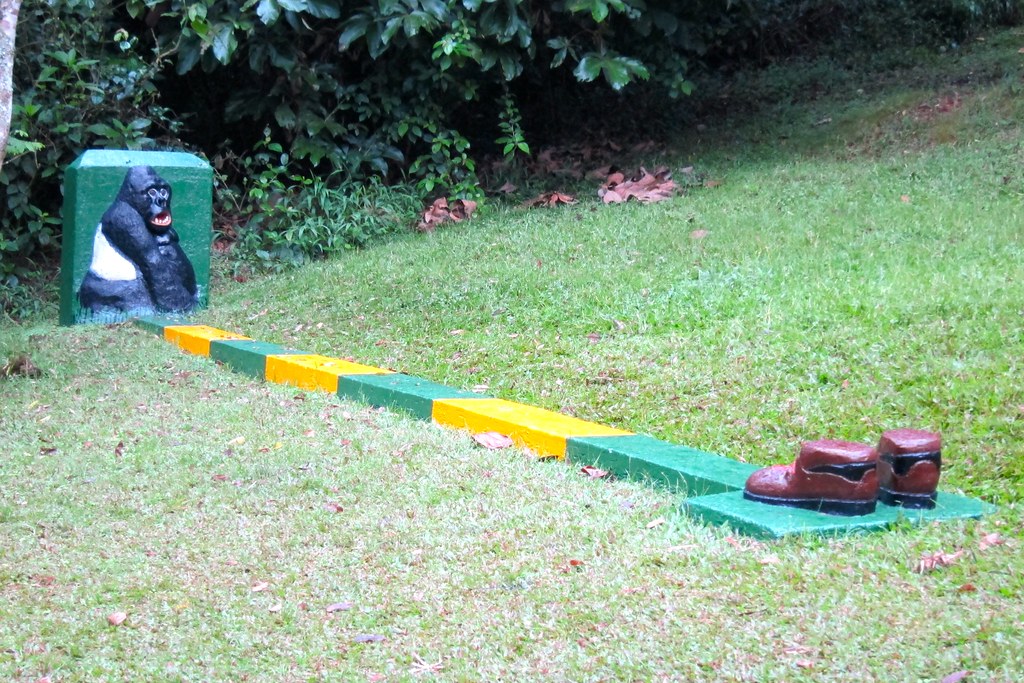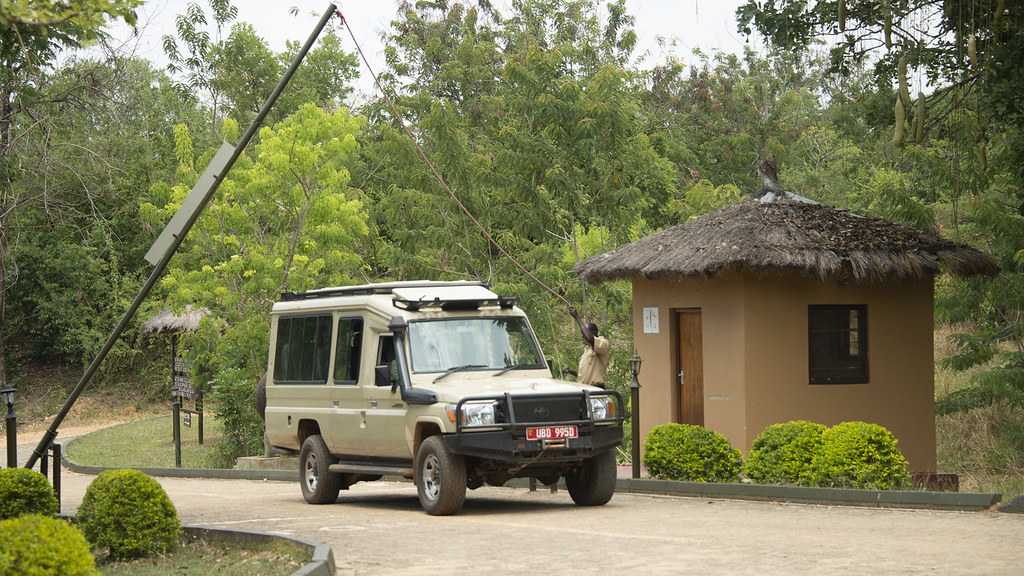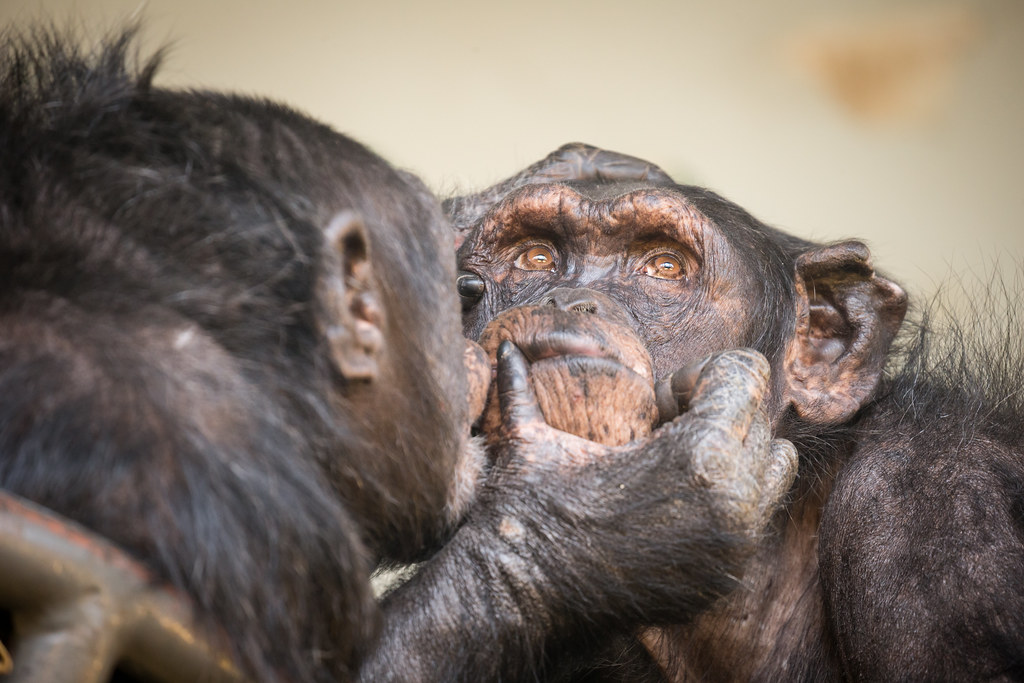Gorilla Trekking Rules & Regulations
Gorilla Trekking Rules & Regulations are put in place as precautional measures to make sure the trekkers follow them to ensure a successful gorilla tour. It is the case with gorilla trekking too.gorilla trekking is an activity that involves hiking through a tropical forest in search for the endangered mountain gorillas in their natural habitat. There are very few mountain gorillas left in the world and since they are endangered, it is our duty to conserve them for future generations. Gorillas are extremely vulnerable to human illnesses and infection and they do become strained if too many visitors arrive or advance too closely. Tourists should keep in mind that though they are habituated, they are still wild animals and are very defensive of their young ones. Rules and regulations were therefore put in place to help conserve for generations. The Gorilla Trekking Rules & Regulations to adhere to on your safari include the following:
Before departing for gorilla trekking:
- Do not visit the gorillas if you have a cold or other infectious diseases. Another visit can be arranged or given a full refund.
- The minimum age for gorilla trekking is 15 years
- Human waste should be buried 30cm deep, and make sure the soil properly covers the hole, the waste can be highly infectious to apes and other animals.
- The maximum number of visitors is eight persons per gorilla group per day. This is to minimize behavioral disturbance, stress and possible risk of infection.
- Make sure your hands are clean before heading out to trek the gorillas.
- You will be briefed at the headquarters about the DOs and DON’Ts and after you will be divided into groups of eight and set off in search of the apes with a ranger
When on the trek in search for gorillas:
- Always keep your voices low during the trek and keep a keen eye to other park habitats like the birds, butterflies, mammals like forest elephants, among other animals and plant species.
- When you are approaching the gorillas, the game rangers and guides will inform you about it but you might as well hear them from their distinctive sounds. Out of excitement though, do not make noise or scream, keep in mind that they are still wild animals much as they are habituated. They can charge at you out of fear.
When with the gorillas:
- Maintain a 7m distance from the gorillas. If the gorillas approach you up to 2-3 meters as some inquisitive juveniles sometimes do, then visitors should slowly move back to five meters. If this deems impossible, then the visitors will be advised to remain where they are. Always follow the guide’s instructions at all times.
- Smoking, eating, and drinking are not permitted on the tour. If it should be done, then it must be at least 200m away.
- If you must sneeze or cough, cover your face and turn away from the gorillas as they can catch coughs and colds from humans. Turning minimizes the spread of airborne bacteria or viruses that you might be unknowingly carrying.
- Visits are limited to one hour per gorilla group per day
- Do not use flash photography. This can threaten and frighten gorillas and may provoke an aggressive reaction or charge.
- Be as quiet as possible and if need be, whisper. This is to minimize behavioral disturbances and avoid frightening gorillas. Newly habituated gorillas may be afraid to come anywhere near noisy tourists and may decide to leave.
- If a silverback thumps his chest, displays or charges at you, do not run away. Tour guides and rangers will deal with the situation. You are advised to remain quietly where you are or follow the guide’s instructions of crouching down slowly, no eye contact with the gorilla and wait for them to pass. Do not attempt to run away or scream as that would increase the risk of being attacked.
- You are not allowed to touch the gorillas.
- Body language is important and visitors should not raise their hands, arms or point let alone stare at them. These actions to gorillas are intimidating and are a sign of aggression.
- Visitors should remain in a group without spreading out or surrounding the primates. This allows them plenty of room to move where they wish to without feeling threatened.
- Do not clear vegetation near you for you to have a clearer view, simply move to a more suitable place.
- Do not leave any rubbish to say tissue, food wrappers, whips and the like in the forest. Foreign items can harbor diseases thereby leaving the apes and other wildlife in danger and at risk.
Should you require more information on the rules and regulations or have any inquiries, get in touch with us and be sure to be assisted in the shortest time possible.



